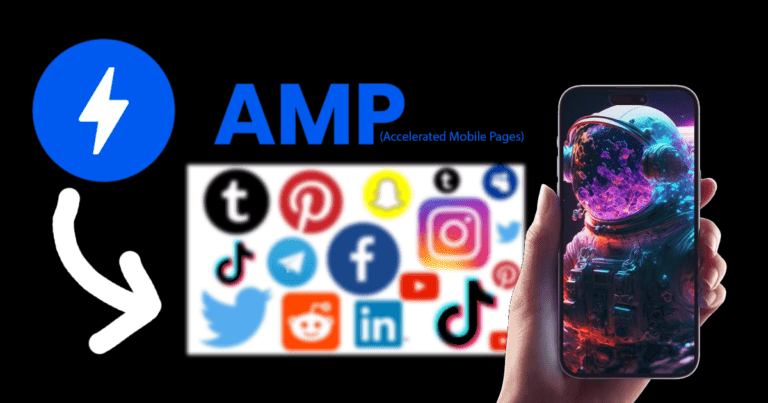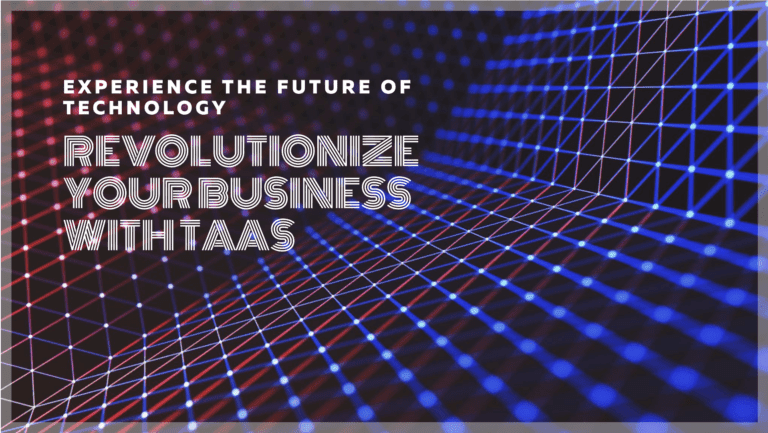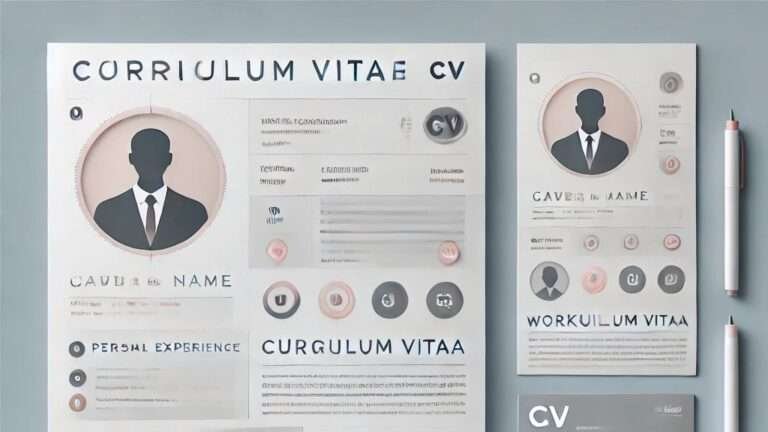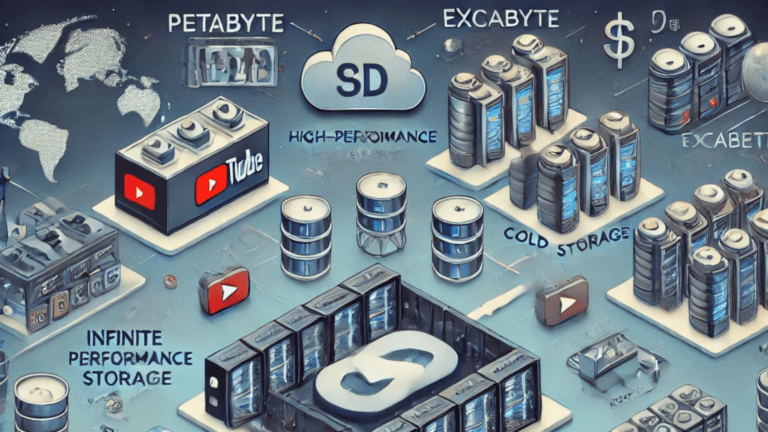Introduction
Imagine stepping into a history class where ancient civilizations come to life or a biology lesson where students can interact with the human heart in 3D. These experiences are no longer confined to the imagination; they are being made possible through augmented reality in education.
This cutting-edge technology is transforming the learning experience by bridging the gap between theoretical concepts and practical understanding. In this blog, we’ll explore what augmented reality (AR) is, its innovative applications in classrooms, its benefits, challenges, and the future of AR in education.
What is Augmented Reality?
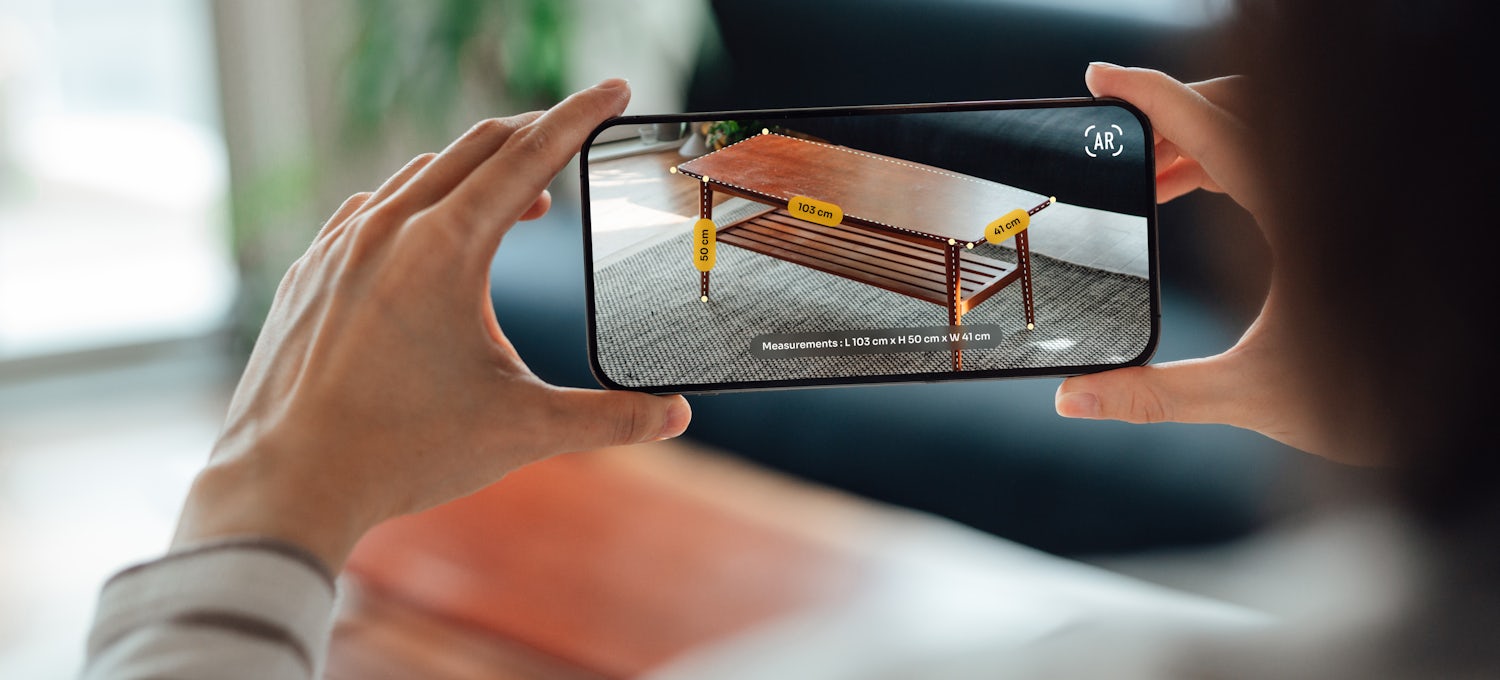
Augmented reality (AR) overlays digital content—such as images, sounds, or other data—onto the real-world environment, enhancing our perception of reality. Unlike virtual reality, which immerses users in a completely digital world, AR blends the physical and virtual seamlessly.
How Does AR Work?
AR relies on hardware like smartphones, tablets, or AR glasses, paired with software that uses sensors and cameras to map the real world. Using this input, AR systems can project 3D models or animations onto physical spaces, creating an interactive experience.
The Evolution of AR in Education
Originally developed for military and industrial applications, AR entered education in the early 2010s. As mobile technology advanced, developers began creating AR apps specifically designed to enrich learning environments. Today, AR tools are increasingly accessible and sophisticated, enabling widespread adoption in schools and universities worldwide.
Applications of AR in Education
AR for Interactive Science Labs
AR enables students to conduct complex experiments safely and affordably. For instance, apps like Merge Explorer allow learners to dissect a virtual frog or explore the chemical structure of molecules in 3D, eliminating the need for expensive lab equipment.
AR-Enhanced Textbooks
Traditional textbooks become dynamic resources when paired with AR apps. Students can scan images or QR codes to access additional content like videos, animations, or interactive quizzes. Tools like Blippar or HP Reveal make this possible, transforming passive reading into active learning.
Immersive Historical and Cultural Experiences
Through AR, students can explore historical landmarks or ancient artifacts as if they were physically present. Applications like TimeLooper offer immersive historical tours, allowing students to witness events like the signing of the Declaration of Independence or a gladiatorial fight in ancient Rome.
Language Learning with AR
Apps like Mondly AR revolutionize language learning by enabling users to interact with virtual objects and characters in their target language, making the learning process both engaging and contextual.
Special Education Support
AR proves particularly beneficial in special education, offering tools to support students with learning disabilities. For example, QuiverVision provides interactive coloring activities that cater to various learning styles, helping students with ADHD or autism stay engaged.
Benefits of AR in Education
Increased Engagement
AR’s interactive nature captivates students, turning mundane lessons into exciting explorations. A study by the Journal of Educational Technology found that AR-based teaching increased student engagement levels by 70%.
Enhanced Experiential Learning
AR bridges the gap between theory and practice. Students can visualize complex systems, interact with virtual scenarios, and apply their knowledge in simulated environments.
Improved Accessibility
AR makes education more inclusive by providing tools that cater to diverse learning needs. Whether it’s offering visual aids for hearing-impaired students or interactive activities for kinesthetic learners, AR promotes equitable learning opportunities.
Cost-Effective Solutions
While the initial investment in AR tools may be high, they can significantly reduce long-term costs by replacing expensive physical materials like lab equipment or travel expenses for field trips.
Challenges and Considerations
High Costs of Implementation
Despite its benefits, AR technology can be expensive to integrate into classrooms. Schools must invest in devices, software licenses, and maintenance, which may not be feasible for all institutions.
Accessibility Gaps
Not all students have access to AR-compatible devices, creating a digital divide. Moreover, internet connectivity is essential for many AR applications, which can be a barrier in underserved areas.
Need for Teacher Training
Effective implementation of AR requires educators to be trained in using the technology. This additional layer of complexity can discourage adoption.
Content Limitations
While AR is growing, the availability of curriculum-aligned AR content is still limited. Educators often struggle to find high-quality, relevant resources that align with their teaching goals.
The Future of AR in Classrooms
Emerging Trends
- AI-Driven AR Experiences: The integration of artificial intelligence promises to make AR tools more personalized and adaptive to individual learning needs.
- Wearable AR Devices: As AR glasses become more affordable, they could replace smartphones and tablets, creating hands-free, immersive learning environments.
- Collaborative AR Platforms: Advances in AR will enable students to collaborate in shared virtual spaces, fostering teamwork and communication skills.
Potential Breakthroughs
In the coming years, AR could redefine education by making learning hyper-personalized, globally accessible, and deeply interactive. Imagine virtual field trips to Mars, or collaborative science experiments conducted by students from different continents—all enabled by AR.
Conclusion
Augmented reality in education is more than a buzzword; it is a transformative tool that redefines how knowledge is imparted and absorbed. Despite challenges like costs and accessibility, AR’s potential to revolutionize learning experiences is undeniable. As the technology matures, educators, technologists, and policymakers must work collaboratively to make AR an integral part of the educational landscape.
Curious about integrating AR into your classroom? Explore AR tools and share your thoughts in the comments below!



